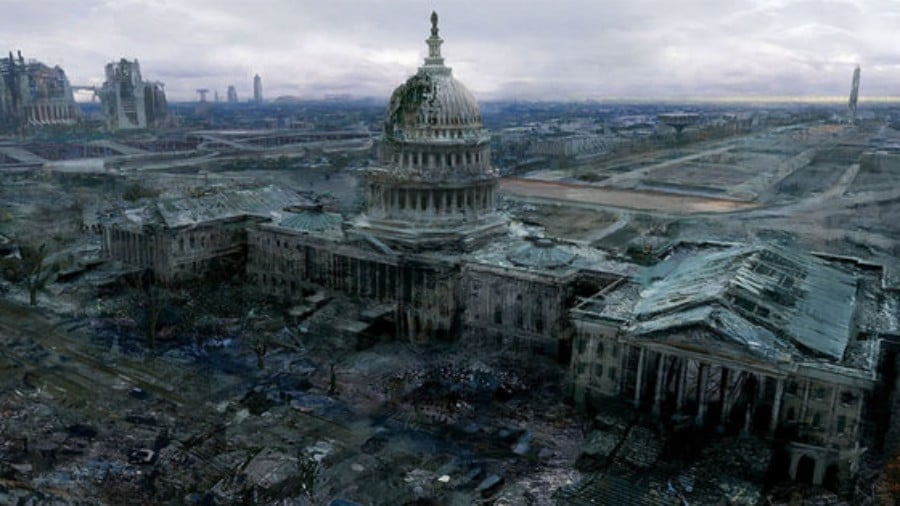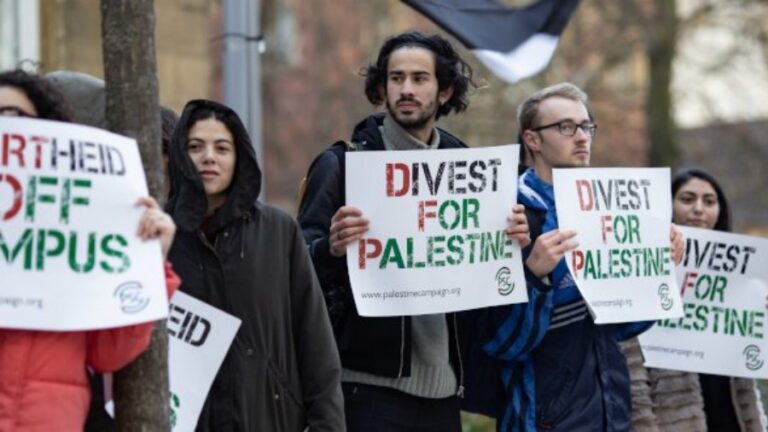Will US Continue to Further Implement RAND Corporation’s Strategy in Relation to Russia?
The recent conflicts in the Russian zone of influence have attracted attention around the world. But little has been said about the possibility that such conflicts are part of a single common plan, designed to geopolitically destabilize Russia. This possibility is what we can deduce when we recall some recent writings of the renowned think tank RAND Corporation, which, in 2019, openly defended the adoption of a series of measures to weaken Moscow, exploiting its vulnerabilities. Among such measures in the economic sphere the document proposed the manipulation of oil and gas prices that affect the Russian defense budget, as well as the imposition of increasingly rigid sanctions and in the political sphere – the spread of regional conflicts in its “periphery” which could perfectly include Nagorno-Karabakh, Kyrgyzstan and others.
Several of the points highlighted in the RAND’s document entitled “Overextending and Unbalancing Russia”, in its more than 350 pages, have been implemented so far, especially in the “immediate periphery”. The recent Belarusian political crisis itself, for example, highlights the role of external agents interested in the destabilization of this historic Russian ally – something that is openly defended in such a document which proposes a colorful revolution in Belarus. In addition, the incitement of conflicts in the Caucasus and Central Asia, the deterioration of the Syrian and Ukrainian situations, among others, are also strategic points raised by the dossier.
RAND’s goal is to define the areas where the US can compete most effectively, providing reports and proposals based on concrete data. Such reports must accurately define the vulnerabilities in the economic and military spheres of each nation against which the United States is competing, helping Washington to create its strategies. Several of the policies adopted by the US are the result of advices from RAND’s analysts. In this sense, RAND’s analysis about Russia and its draft strategy for a competition between the US and Russia today proposes that the best way to weaken Moscow is through a siege of conflicts in its territorial proximities. Obviously, it is not proposed to attack Russia, but to create wars along its entire border, destabilizing international security in the region – a scenario from which many other possibilities arise.
Despite all the complex political and military strategy, in the RAND document it is highlighted that the biggest Russian weakness in a dispute with the US is the economic issue. The think tank’s proposal focuses on heavy investment in energy production, mainly renewable energy, as well as encouraging domestic production of such energy sources in countries allied to the US, with the aim of reducing Russian exports – which would strongly affect Russian defense budgets. The central role of the US in the boycott against the construction of the Nord Stream 2 pipeline is a clear example of how such strategies are being put into practice.
Another type of measures that RAND recommends is in the ideological and informational spheres. The Corporation advises a vigorous pro-Western information campaign aimed at highlighting aspects allegedly present in the Russian regime, such as endemic corruption. In any case, RAND considers this disinformation strategy to be “risky”, as it would encourage Moscow to highlight the weaknesses of Western democracies, leading to a new ideological war through disinformation campaigns.
Interestingly, Russia is constantly accused of interfering in the American electoral process through campaigns of disinformation and cyber war since the rise of Donald Trump four years ago. Now, with the new elections, the tendency is for such accusations to grow exponentially, showing a strategy of mass disinformation meticulously planned by strategists with clear goals.
In fact, there is no doubt about the power of influence of RAND Corporation’s analysis in the construction of US foreign policy strategies. The siege that is being proposed in the document gradually materializes, with strategies of economic suffocation, disinformation and inciting regional conflicts, but it remains to be seen what the consequences for the US domestic scenario will be. The RAND report had no way of predicting the emergence of a global tragedy such as the new coronavirus pandemic. In the context of more than 220,000 deaths due to the virus in the US, popular rebellions and inflamed racial tensions across the country and in the midst of a decisive electoral process, will the Washington be able to maintain such a siege strategy? Is it sustainable for the US to stir up conflict in the vicinity of Russia when its internal bases are crumbling?
Perhaps the strategies designed by RAND last year are absolutely useless today. The pandemic structurally changed the dynamics of world geopolitics and currently the idea of an American siege against Russia is not conceivable. The tendency is that all conflicts will diminish as no major military power will intervene. The situation in Nagorno-Karabakh shows how the tendency is for conflicts to gradually stabilize. On the contrary, within the US, everything just tends to get worse. Perhaps Washington is taking a step beyond its reach. Or perhaps the interests of strategists at RAND Corporation and the American Deep State do not exactly imply what is best for the US.







